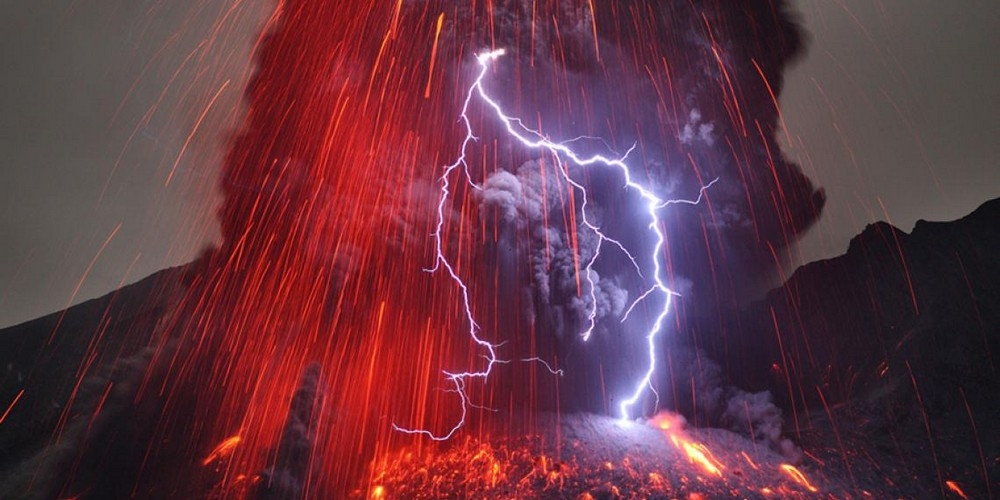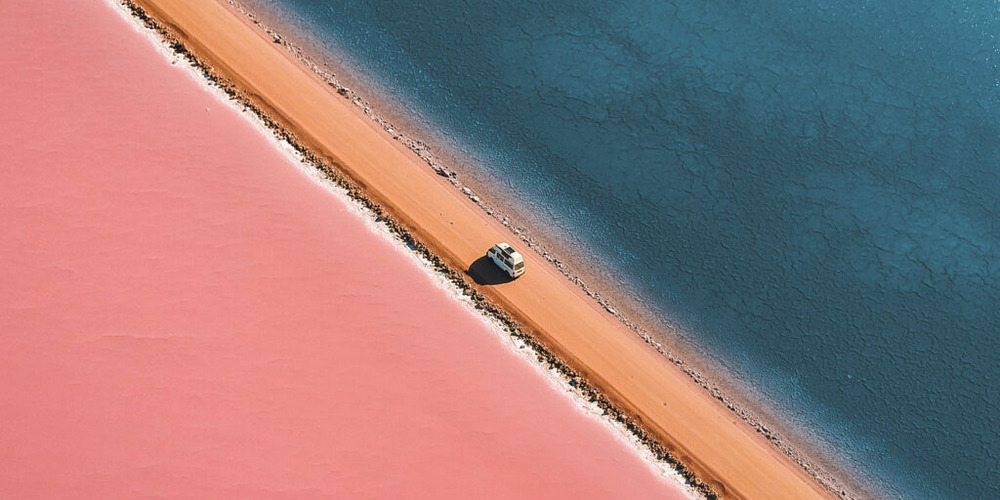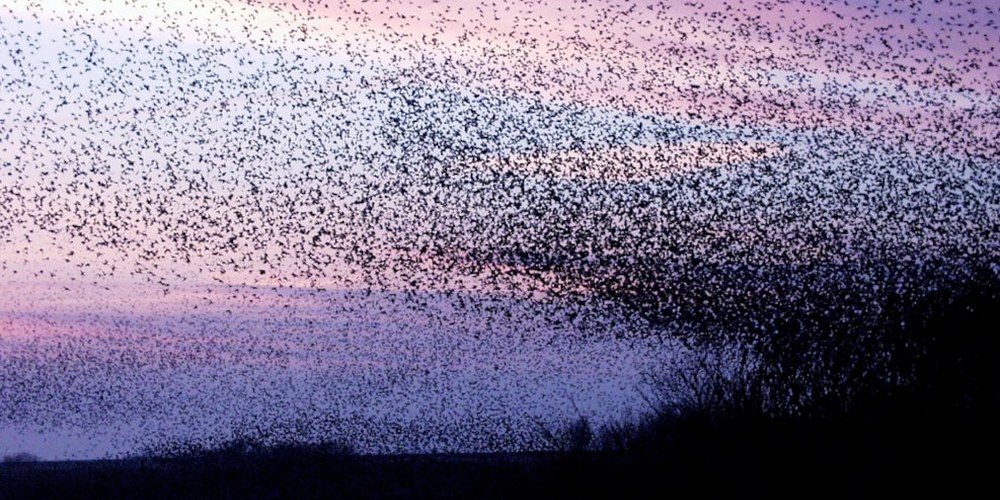Pink Lakes, South Australia
South Australia is home to some of the world’s most vibrant pink lakes, stunning travelers with dreamlike hues set against the greens, blues and reds. Mother Nature’s full palette is on show at the lakes MacDonnell, Bumbunga, Eyre, and Hart, with a super-high salt concentration resulting in some seriously intense colors.
The vibrant colors of these lakes change according to the seasons, cloud cover, salinity levels in the water and the time of day, so while you might not always be guaranteed bubble-gum pink views, we can promise you stunning shades year-round. They aren’t as sweet as they look, though, with the salty environment being the perfect habitat for bacteria & algae that create this incredible display.
Aurora Borealis and Aurora Australis, Iceland and Tasmania
Named after the Roman goddess of dawn, the auroras cast a strange glow over the low-latitude Arctic and Antarctic regions. In the Arctic, they’re known as the aurora borealis, or the northern lights, while the Antarctic equivalent is called aurora australis, or the southern lights.
The haunting display occurs when highly charged electrons from solar winds collide with Earth’s atmosphere. Solar winds flow from the sun along the magnetic force produced by Earth’s core and bounce off oxygen and nitrogen atoms when they reach its upper atmosphere. The magnetic and electrical forces react with each other in shifting combinations, seen as long curtains of color dancing across the sky. The colors produced—green, red, blue, or violet—depend on which atoms the winds strike and the altitude where they meet.
Sort Sol, Denmark
Every year in spring and autumn, up to one million starlings migrate from Norway, Sweden and Finland. On their way to France, Britain, Belgium and the Netherlands, they create one of the unique natural phenomena in Denmark.
The flock is so large that the birds practically block the sun as it sets—hence the name “sort sol,” which translates to “black sun.” The event lasts for all 20 minutes and is a sight to behold. What makes this natural phenomenon even more impressive is that before the starlings land, the flocks perform movements that those who have seen up close compare to dancing.



